1. What is a Floating Timber Floor?
A floating timber floor is a type of wood flooring that is not nailed or glued to the subfloor. Instead, the floorboards are joined together using a click-lock or tongue-and-groove system, allowing them to "float" above the subfloor. This design provides flexibility, easy installation, and better accommodation for natural expansion and contraction of the wood.
2. Structure of a Floating Timber Floor
Floating timber floors typically consist of multiple layers that enhance durability, stability, and comfort. The main layers include:
- Top Layer: A hardwood veneer or solid timber providing the aesthetic finish.
- Core Layer: High-density fiberboard (HDF) or plywood, which adds structural stability.
- Backing Layer: Balances the floor and improves moisture resistance.
3. Advantages of Floating Timber Floors
Floating timber floors offer several benefits compared to traditional nailed or glued floors:
- Easy Installation: Can be installed over most existing floors without adhesives.
- Flexibility: Accommodates natural wood expansion and contraction.
- Cost-Effective: Requires less labor and materials than traditional methods.
- Noise Reduction: Can include an underlay that provides sound insulation.
- Repair-Friendly: Individual boards can be replaced without affecting the whole floor.
4. Installation Process of a Floating Timber Floor
Step 1: Preparing the Subfloor
Ensure the subfloor is clean, dry, and level. Uneven surfaces should be leveled using a self-leveling compound.
Step 2: Installing the Underlay
Lay an appropriate underlay to provide moisture protection, cushioning, and sound insulation. Overlap the edges and tape them securely.
Step 3: Laying the Floorboards
Start from one corner of the room, locking the boards together using the click-lock or tongue-and-groove system. Maintain an expansion gap around the perimeter to allow for wood movement.
Step 4: Finishing Touches
Install skirting boards or molding to cover the expansion gaps and complete the aesthetic look.
5. Maintenance Tips for Floating Timber Floors
To ensure the longevity of a floating timber floor, proper maintenance is essential:
- Clean regularly using a dry or slightly damp mop.
- Avoid excessive water exposure to prevent swelling or warping.
- Use protective pads under furniture to prevent scratches.
- Maintain indoor humidity levels to reduce expansion and contraction.
- Polish or refinish the top layer periodically, depending on wear.
6. Comparing Floating Timber Floors with Traditional Timber Floors
| Feature | Floating Timber Floor | Traditional Timber Floor |
| Installation | Click-lock, no nails/glue | Nailed or glued to subfloor |
| Flexibility | High, accommodates expansion | Low, limited movement |
| Repair | Easy to replace individual boards | Complex, may require refinishing |
| Cost | Moderate | Higher due to labor and materials |


 English
English 中文简体
中文简体 Français
Français
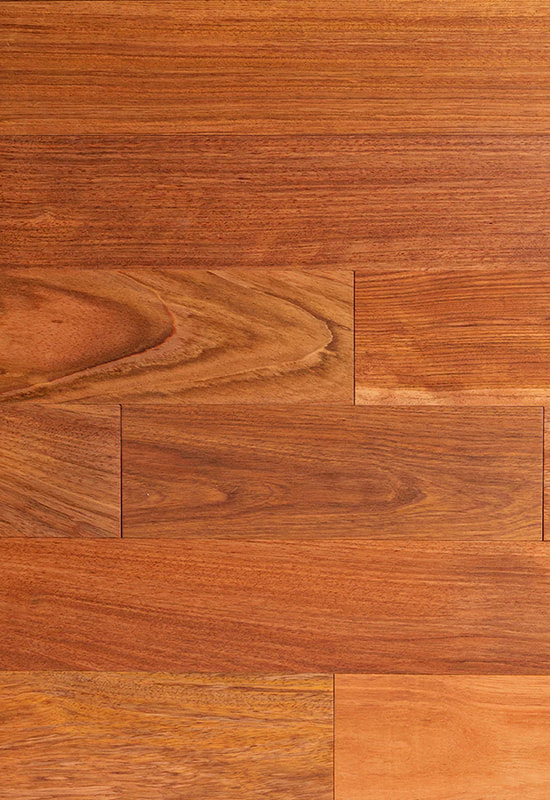
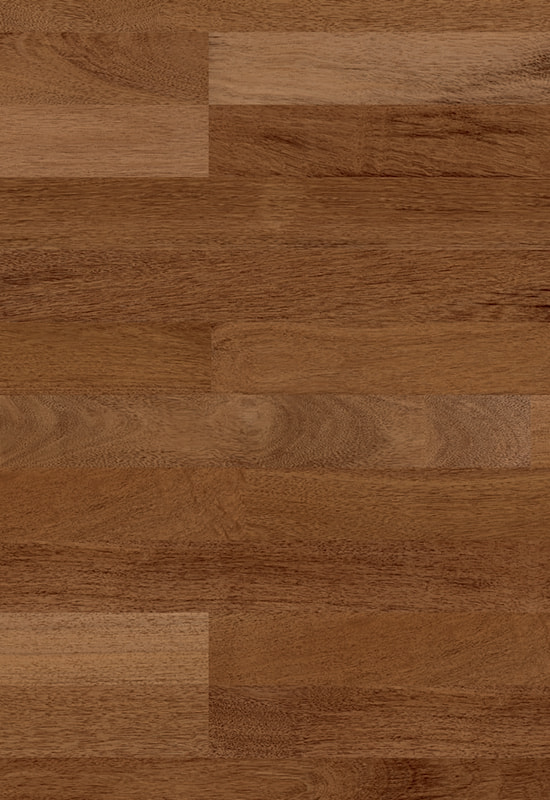
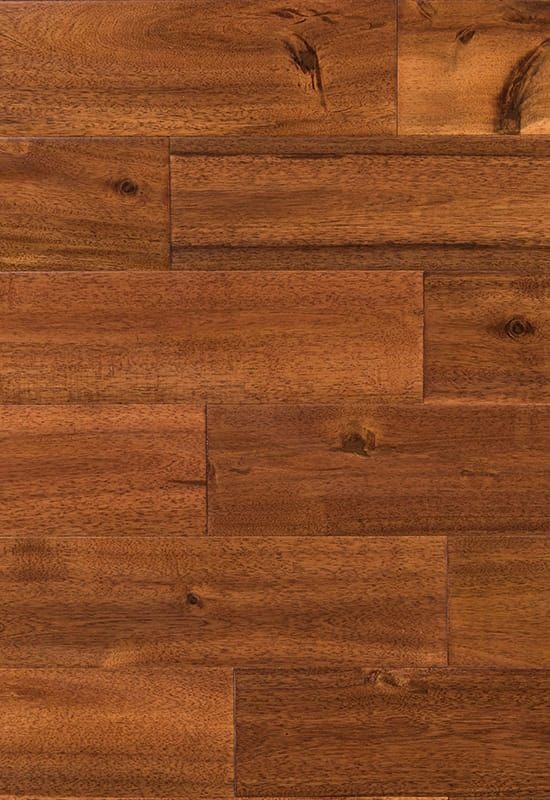
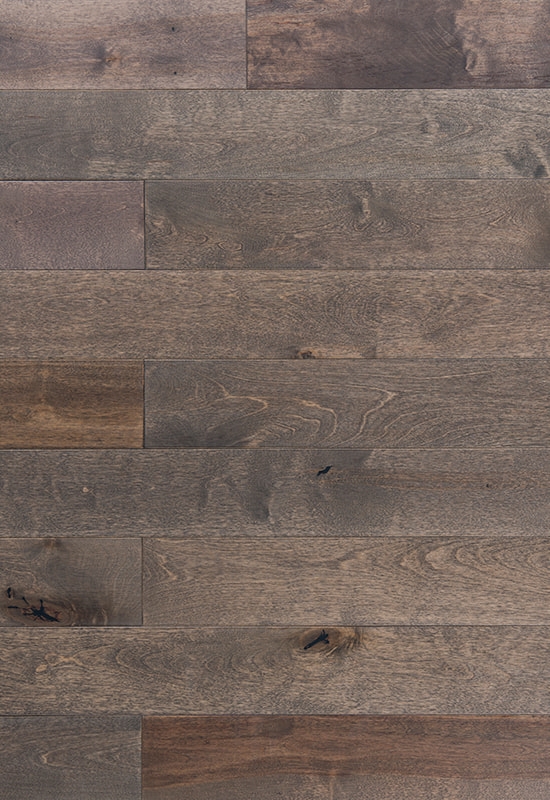
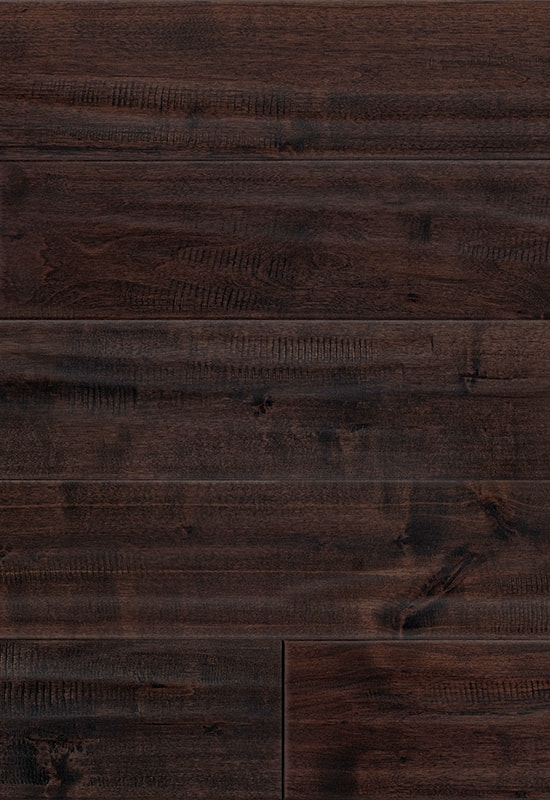
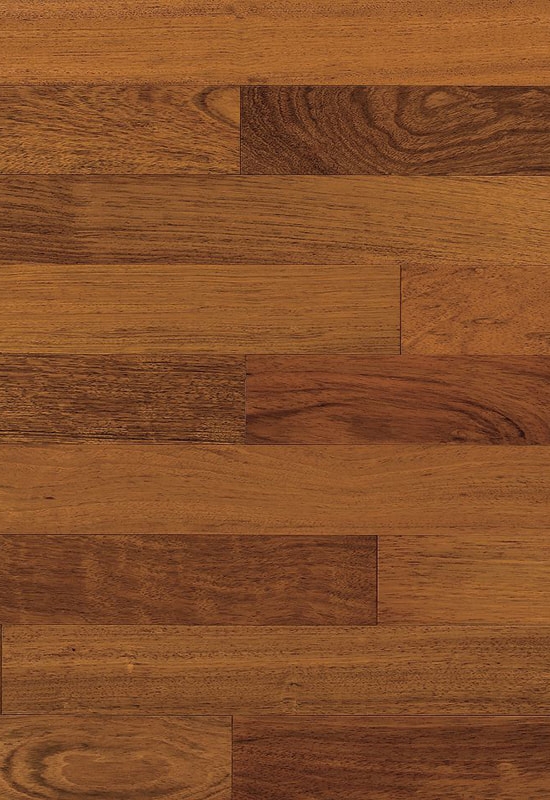
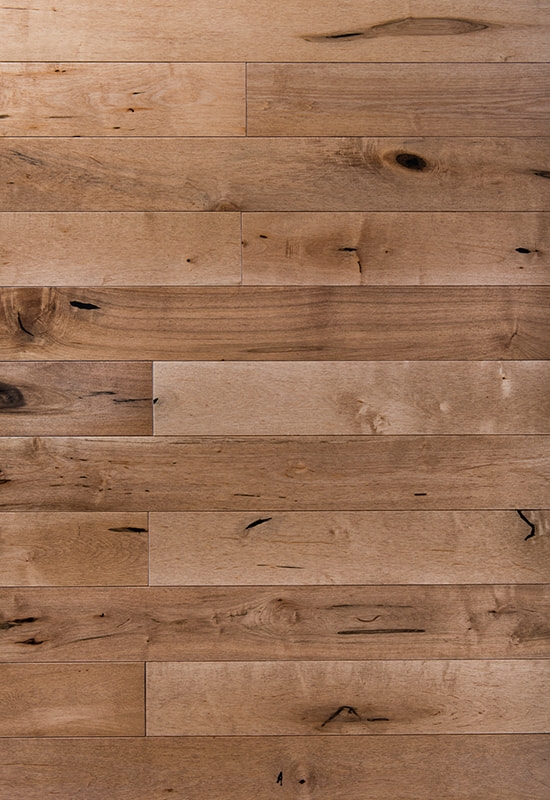
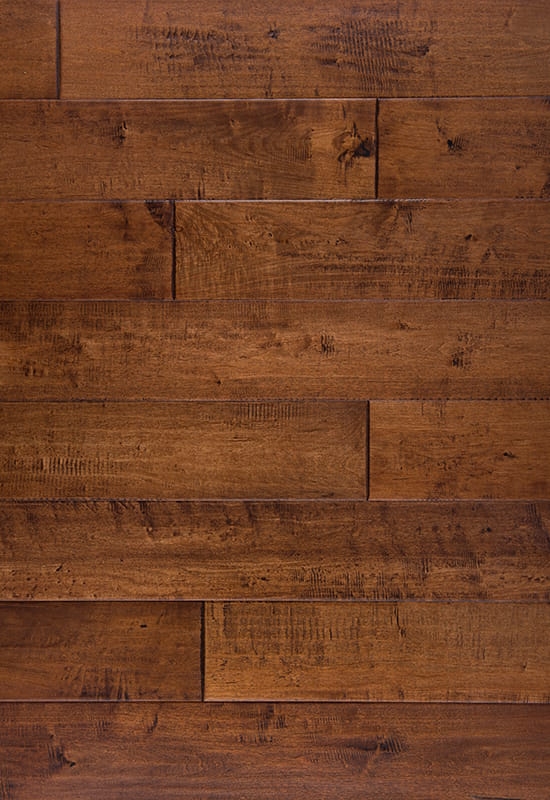
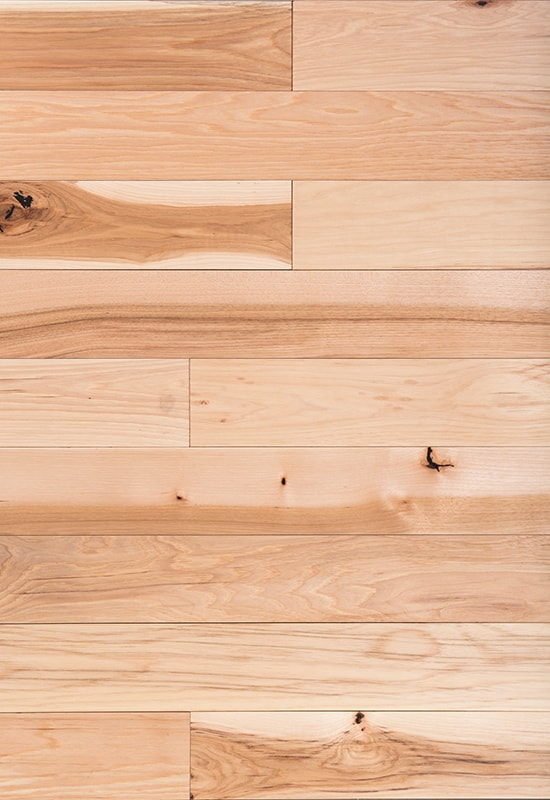
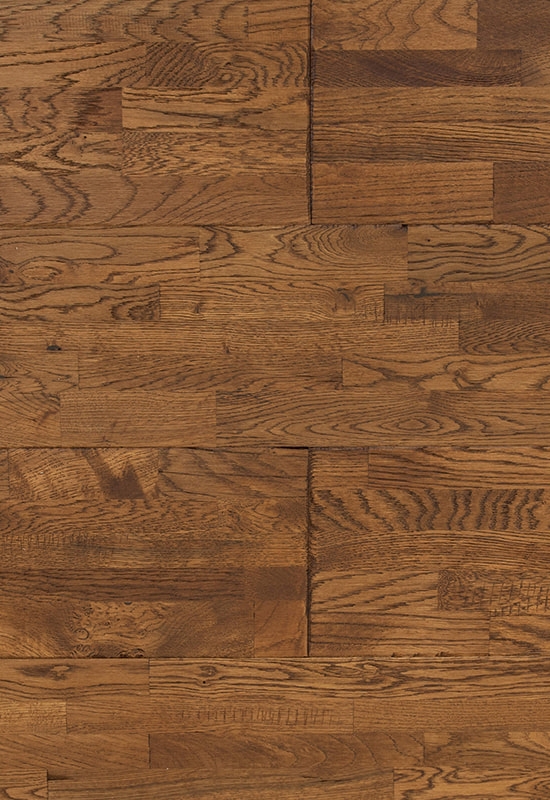
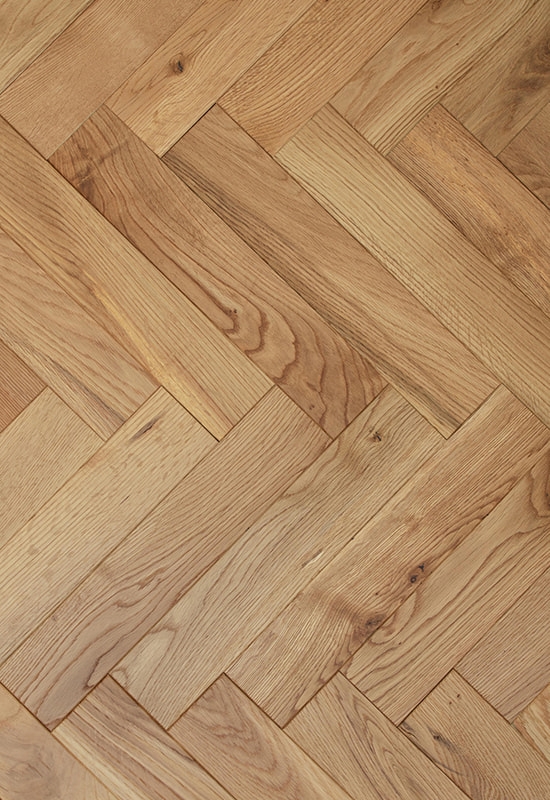
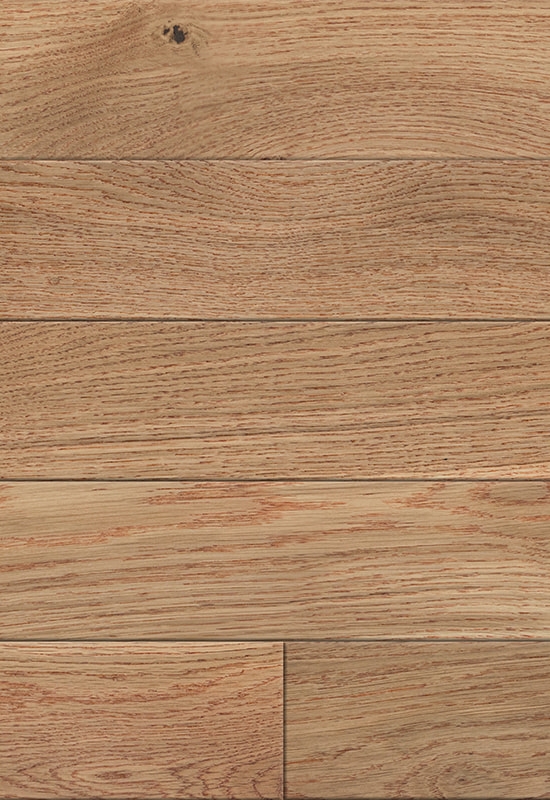

 +86-572-2118015
+86-572-2118015 No.598. Gaoxin Road, Huanzhu Industrial Zone, Huzhou City, Zhejiang Province, China, 313000
No.598. Gaoxin Road, Huanzhu Industrial Zone, Huzhou City, Zhejiang Province, China, 313000 